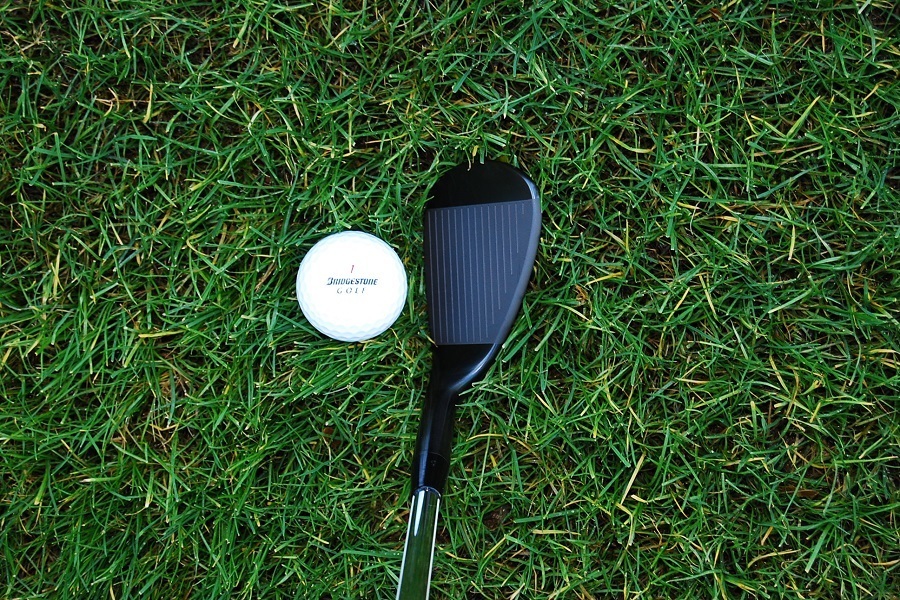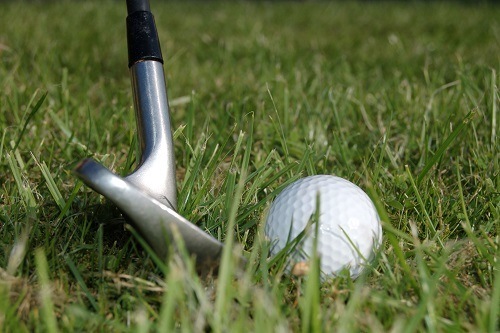
Sand, Gap, Pitching, and Lob, oh my! How to Choose the Best Golf Wedge
Most club sets come with one golf wedge and it’s usually a pitching wedge. This is certainly a useful club but it’s not the only kind out there. There are four different kinds of wedges—the sand wedge, gap wedge, lob wedge, and the standard pitching wedge.
This can make wedge shopping a nightmare. So we recommend researching and finding as much golf wedge advice as you can as well as doing a golf wedge fitting to make sure that you are spending your money on the wedge (or golf wedge sets) that are going to give you the most benefit.
Why You Need a Golf Wedge Fitting
A good golf wedge fitting will actually analyze your swing and match you with your perfect golf wedge. Fittings are essential because the average golfer is going to be using there wedge (or wedges) a lot.
You use them to for approach shots on the green, for getting yourself out of the bunker, for lob shots and fairway shots. A good wedge is going to be one of the most important pieces in your golf club set. So you really want to make sure you get the best one for you.

A wedge fitting has two parts. First, they will analyze your swing type. This tells you what kind of golf wedge bounce you need. Next, they handle yardage gapping.
This is important because different wedges have different degrees (more on this below) which affects the distance you get from it. You need a set of golf wedges that cover a range of yardage rather than having two wedges with a huge (more than 15) yard gap between them.
In other words, yardage gapping refers to figuring out the right combination of wedges that work for you.
Understanding the Different Wedges
Learning the difference between the wedges is not so much about choosing which wedge you like best but which combination of wedges are right for you (as well as which specific designs of each one you need).
First you need to understand golf wedge degrees. The different degrees (referring to the angle of the wedge) create different loft (height and distance that you get from the wedge) so this dramatically impacts golf wedge distances. In general, the lower the degree (the more acute the angle), the more yardage you get.
Pitching wedges, for example, usually ranges between 44 and 50 degrees which will allow you to hit the ball between 110 and 140 yards. The degrees of the angle are also known as the golf wedge bounce.

Here are the golf wedge average distances for each of the different types as well as other distinguishing factors:
- Pitching wedge: as mentioned, this is usually between 44 and 50 degrees. It has a straighter face and low bounce which makes it more versatile. This is why it is usually included as the go-to wedge in a standard golf set. Lower bounce is best for courses that are firm and dry.
- Gap wedge: these are usually between 46 and 54 degrees so the yardage is an average of 90 to 110 yards. This is ideal for those “gap” shots where a pitching wedge would hit the ball too far but a sand wedge would not get it far enough. Don’t choose a gap wedge until you have been fitted for your pitching wedge and sand wedge. You want it to be between these two.
- Sand wedge: a good sand wedge is between 54 and 58 degrees. As you can probably guess, they are mostly intended to help get you out of the bunker. But they can also be used on the fairway or in the rough. The high loft means it doesn’t get much distance (about 90 yards) and the rounded head is ideally for these tricky situations.
- Lob wedge: these have the highest loft (between 60 and 65) which translates to an average of about 70 yards. This is used when you want the ball to go high into the air. It has a large face and low bounce. It’s perfect if you need to slice the ball up and over a hazard and quickly back down onto the green. It’s also good for handling short distances when you want the ball to land softly.
In terms of material, you can expect anything from copper, nickel, and chrome coating. Different coatings affect the spin and control so choose based on personal preference. Shafts are usually made of steel (this is usually what’s recommended) but graphite can also be found. But steel is considered more reliable.
The key to maximizing golf wedge accuracy, then, is a matter of choosing the right wedge for the right situation and working on your swing so that it matches the wedge you are using. This takes practice. Lots and lots of practice! Don’t expect to just buy a quality set of wedges and let them do all the work for you.

So when you are shopping wedges, you can look at the bounce rating to get an idea of roughly how many yards you will get. Some brands offer a full range of wedges so that you can get a complete matching combination.
After reading this guide, we highly recommend getting a professional fitting but before you commit to any specific brand or product, read through some golf wedge reviews to see what others have to say.

